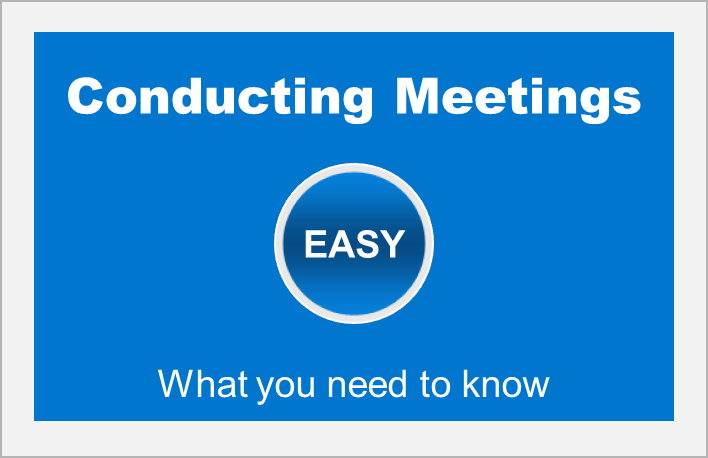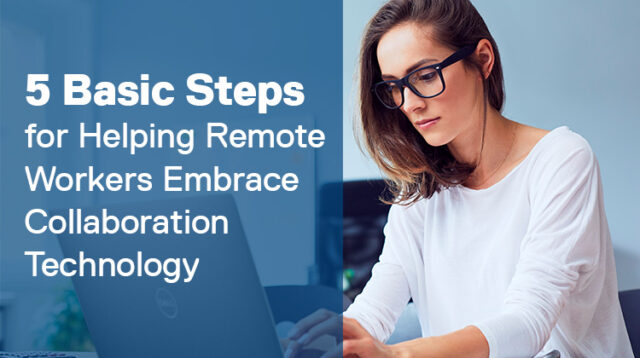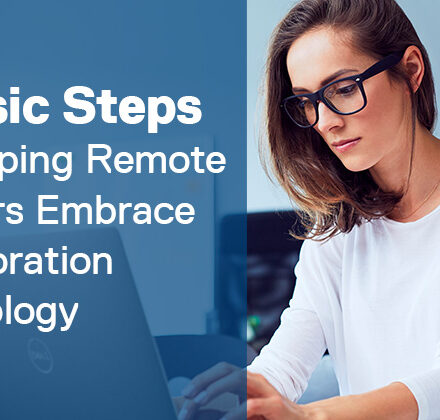The world has changed – from how we work, collaborate, and interact with our teams and customers; even to how our families spend time together. During these times of rapid change, those who are responsible for leading employees to adapt to their new work from home (WFH) reality are challenged to have an accelerated influence for driving adoption and ensuring productivity. Initial indications are that the “new normal” will see an increase from 19% to 39% in WFH/remote workers! (Dell User Group Pulse Survey, March 2020)
All of the guiding principles of Adoption and Change Management programs continue to be important – the framework should continue to guide our initiatives. However, in these unprecedented times, we have to shift our mind-set, and truly less is more!
Let’s cover some essential points to help your employees adapt to this new norm.
1. Create the “basic” moments that matter
In order to “Do the Basics”, we need to identify what those highest priority basics are. If you recall, in our comprehensive Adoption and Change Management (ACM) framework, we’d identify specific personas and define “moments that matter”i.e., use cases that are critical for each persona, and then tailor change programs towards them. That more detailed analysis takes time, which is why you should start with a single work from home (WFH) persona.
For this WFH persona, be sure to capture the most impactful “moments that matter” for your employees. Microsoft has published a revised “day in the life” for the remote worker (download customer success kit) – this is a great start and gets you thinking in the right direction.
With the moments captured, you should next make a set of collaboration tasks that they need to do throughout their workday and prioritize the ones that are most critical. This will guide step 2 – doing the ACM basics.
2. Doing the ACM Basics
In times of rapid response and requirements for rapid change management, a comprehensive ACM program may not be practical. I recommend a “Just do the Basics” approach. Using the 80/20 rule, find the most common and impactful change for your employees and most critical for them to perform their roles. Use the Basic “Moments that Matter” discussed above as a map for identifying areas to focus on. To avoid getting lost in the flurry, it is also important at this stage to communicate with stakeholders that this abbreviated approach should be followed (when time allows) with a more comprehensive ACM program.
For WFH, the most critical is usually conducting meetings and collaborating virtually. Make sure you focus on the CHANGE to conducting meetings, and not necessarily about the topic of meetings in general. For example, booking meetings, accepting, and rescheduling meetings – these scenarios are probably un-changed (unless the organization has implemented a NEW meeting system for WFH).
Change topics for conducting virtual meetings
-
- Creating a virtual meeting
- Joining virtual meetings (from a laptop and from a mobile device)
- Using video (from a laptop and from a mobile device)
- Sharing content
- Chatting while screen-sharing in a meeting
- How to conduct an impromptu meeting from a chat session
- How to invite guests to a meeting (outside your organization)
- How to control mute for participants
Helpful References:
Below are a few guides to get you started. Go through these and create your own customized guide for your employees – it should be extremely simple and concentrate on a few key items.
- 5 Basic Tips for Enriching Your Experience with Microsoft Teams
- Microsoft Teams Quick Start Guide
- Tips on Working Remotely – these videos are intended for your employees. You can use them to guide your own custom knowledge sharing session.
- Microsoft Teams video training – Manage Meetings
- How to lead better remote meetings
- Matt Wade’s Definitive Guide to Teams Etiquette – pay close attention to the Meeting section
3. Help employees avoid Basic mistakes
As a part of Doing the Basics – a good idea is to identify the most common mistakes people may make – and pre-emptively help educate them on how to avoid them. This yields a lot of benefits from an ACM perspective – it avoids frustration, disenchantment, and will instill confidence. More importantly it reinforces the right behaviors and discourages the wrong behaviors, which is what a good ACM program should do!
Recent studies show that the use of Microsoft Teams has skyrocketed and the use of video in meetings has dramatically increased (Microsoft teams video usage has DOUBLED). This is a major shift in how we work and an opportunity for us as change practitioners to help our employees avoid common mistakes as they ramp up their experience with video-based interactions.
Create ONE guide to communicate the basics. I’d caution against sending your employees a link to a set of documents that are comprehensive and likely overwhelming. For Microsoft Teams, this guide can be included as a default tab to make it easy to find and always there for employees to access.

4. Sponsors ARE the best Champions
The disconnected nature of the present climate makes coaching and champion networks all the more difficult. Champions and first line managers are no longer sitting in the next cube or available for watercooler chats.
However, the egalitarian nature of today’s climate makes being able to relate so much easier! We are all in the same boat!
Executive sponsors make great champions! Our own Michael Dell inspires his team members by walking the talk himself. Executive leadership is by far the strongest advocacy an organization can have – to see them thriving in the changed environment, using the tools we’re championing and be exemplary adopters of change. Look for opportunities to highlight their behavior with employees and emphasize that we’re all in this together.
5. Lead with Empathy
As we all navigate this changed world, we should keep in context the work that we are doing in relation to our employees’ lives. Everyone is going through an unprecedented amount of impact to their personal and professional lives. The change journey in the WFH area may pale in comparison with the larger change we are all experiencing. There is uncertainty and angst and increased stress. There are major work/life balance challenges that employees are juggling. It’s a lot to manage at once.
I’d like to leave you with this – empathy and caring for the individual, and not just as the employee, should be front and center. Structure your programs, communications, trainings, and most critically – your executive sponsor and first line manager programs – with caring and empathy as an underlying emotion – and your actions will have greater influence as well as lead to sustained change.
There have been many great contributions by industry leaders and champions on how to best deal with WFH and remote working. I’m sharing a few here that you can use to share within your own organization:
- Managing Remote Employees with empathy
- Remote Work checklist
- Empower your employees to work from home
- Working from home with children
Take the opportunity in your change programs to infuse the communications with advice around empathetic communication and increased one-on-one communication.
Parting Thoughts
ACM programs are meant to have a compounded additive effect – essentially the whole being greater than the sum of the parts. However, in the case of rapid change and extenuating circumstances, comprehensive efforts may detract instead of being additive. Therefore, adapt your efforts, do the Basics, and most of all – do it with caring and empathy.
Once you’ve addressed near term imperatives to help your remote employees remain productive, it’s wise to revisit embracing a comprehensive ACM program.
Until next time!




